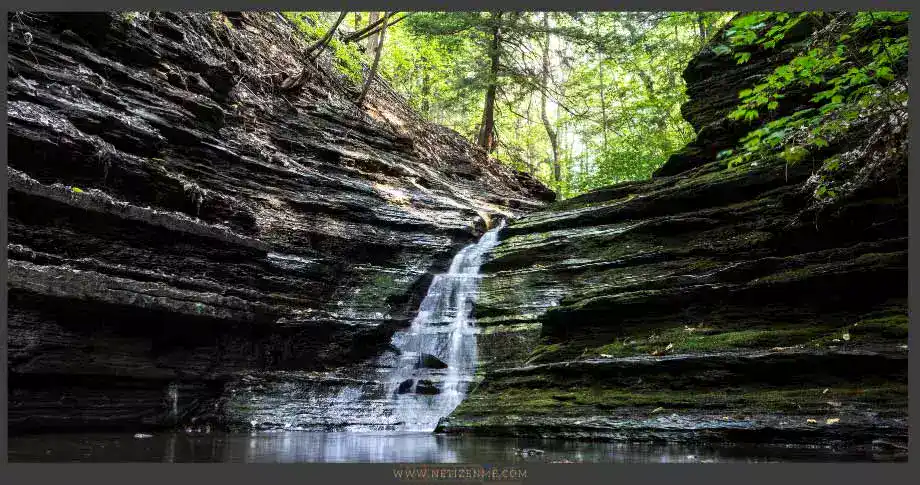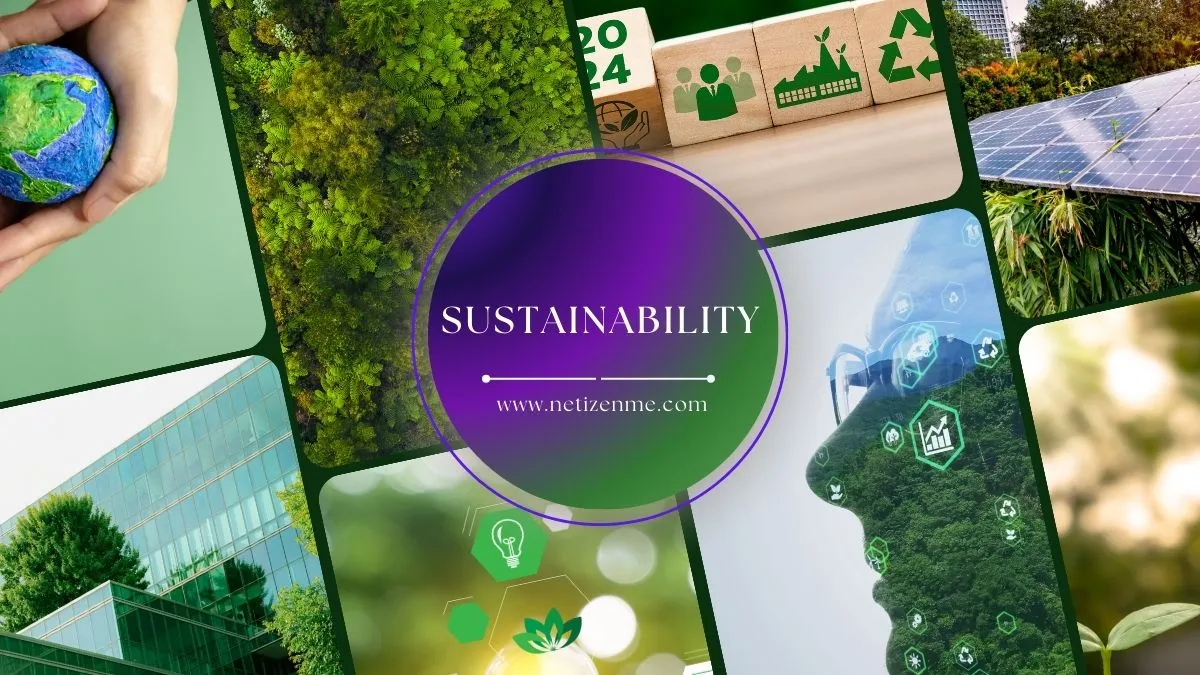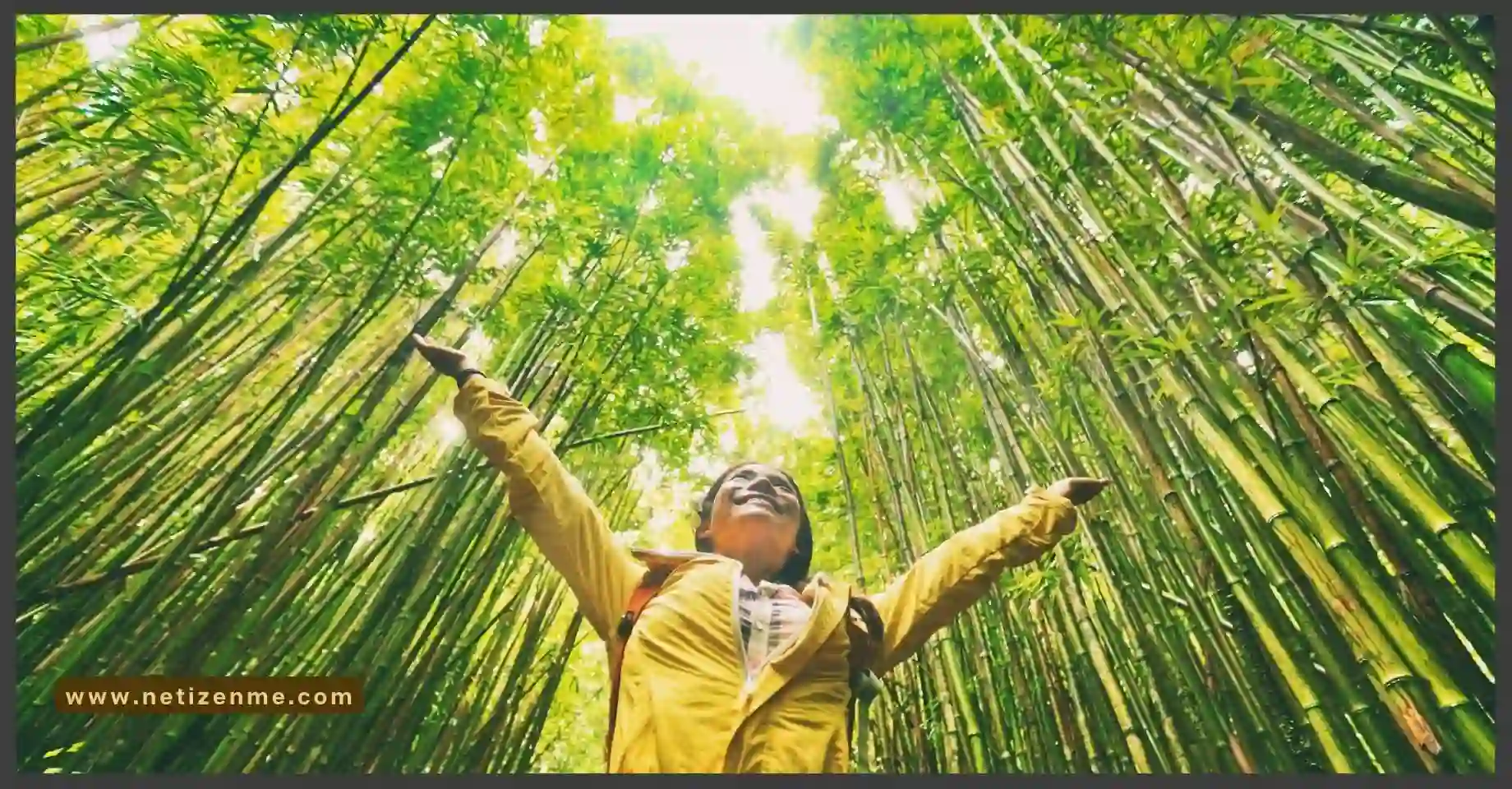In its natural state, a rainforest exemplifies environmental sustainability through intricate ecological interdependencies. Biodiversity flourishes, and nutrient cycles maintain a delicate equilibrium. However, when human activities encroach, the repercussions are profound. In this article, we discuss how as an ecological system, a rainforest demonstrates environmental sustainability.
How as an ecological system, a rainforest demonstrates environmental sustainability?
As an ecological system, rainforests are dynamic in their biodiversity, hosting numerous plant and animal species. This diversity is a testament to the richness of life and a fundamental aspect of the ecosystem’s sustainability. Different species coexist, each playing a unique role in maintaining the overall balance. Species have evolved to depend on each other for survival, forming symbiotic relationships. For instance, certain plants rely on specific animal species for pollination, while animals may depend on plants for food and shelter.
Within rainforests, sustainability is intricately woven into the fabric of the ecosystem, manifesting through the harmonious coexistence of diverse species and the complex interactions among flora and fauna. This complex web of relationships results in a resilient and self-regulating ecosystem. Let’s delve into the key components that exemplify sustainability in rainforests:
1. Biodiversity and Coexistence:
Rainforests are unparalleled in their biodiversity, hosting numerous plant and animal species. This diversity is a testament to the richness of life and a fundamental aspect of the ecosystem’s sustainability. Different species coexist, each playing a unique role in maintaining the overall balance.
2. Interconnected Relationships:
The relationships within a rainforest go beyond simple coexistence; they are deeply interconnected. Species have evolved to depend on each other for survival, forming symbiotic relationships. For instance, certain plants rely on specific animal species for pollination, while animals may depend on plants for food and shelter.
3. Nutrient Cycling:
Flora and fauna within the rainforest actively contribute to nutrient cycling, a crucial process for sustaining life. The decomposition of organic matter by microorganisms releases nutrients into the soil. Plants then absorb these nutrients, creating a continuous cycle. This nutrient cycling ensures the fertility of the soil, supporting the growth of a vast array of plant species.
4. Resilience and Self-Regulation:
The complexity of the relationships and the diversity of species contribute to the resilience of the rainforest ecosystem. In the face of natural disturbances, such as storms or disease outbreaks, the ecosystem can adapt and recover. The interconnected nature of the ecosystem allows it to self-regulate, maintaining a dynamic equilibrium over time.
5. Adaptive Strategies:
Species in rainforests often exhibit adaptive strategies to thrive in a competitive environment. This may include unique mechanisms for seed dispersal, specialized forms of camouflage, or specific behaviors for predator avoidance. These adaptations contribute to the sustainability of individual species and the ecosystem.
In summary, sustainability in rainforests is not a static state but a dynamic and intricate dance of life. The coexistence of diverse species, interconnected relationships, nutrient cycling, resilience, and adaptive strategies collectively characterize the sustainability of rainforest ecosystems. This natural balance is a testament to the resilience and adaptability of life in one of the Earth’s most complex and biodiverse environments.
What occurs when human activities impact it?
Human activities, particularly deforestation driven by agricultural expansion and logging, pose a severe threat to the harmony of rainforest ecosystems. The process of clearing land for these purposes results in habitat loss, putting numerous plant and animal species at risk. Moreover, the extraction practices involved in these activities can introduce pollutants into the environment, disrupting the natural balance.
Deforestation has far-reaching consequences, including a significant reduction in biodiversity within the affected areas. As trees are removed, intricate ecosystems unravel, leading to a loss of species diversity. This disturbance also alters precipitation patterns, impacting the natural water cycle of the region.
One of the critical outcomes of deforestation is the release of stored carbon into the atmosphere. Trees act as carbon sinks, absorbing and storing carbon dioxide. When forests are cleared, this stored carbon is released, contributing to the greenhouse effect and exacerbating climate change. The once-sustainable rainforest, capable of self-regulation, becomes vulnerable to degradation, compromising its resilience and long-term viability. The interconnected impacts of deforestation underscore the need for sustainable land-use practices to preserve the essential balance within rainforest ecosystems.
How can sustainability be restored?
Reforestation:
Reforestation rebuilds habitats for diverse species and restores biodiversity. The reintroduction of trees aids in creating a more resilient ecosystem and rebuilds habitats for diverse species, restoring biodiversity. Additionally, trees act as carbon sinks, contributing to carbon sequestration, and thereby mitigating the impact of climate change.
Sustainable Practices:
Sustainable practices such as adopting agricultural and logging methods minimize environmental impact. It reduces ecological disturbance associated with human activities. Eco-friendly agricultural practices prioritize soil health and biodiversity, while responsible logging methods involve selective cutting, minimizing disruption to the overall ecosystem.
Conservation Initiatives:
Conservation initiatives help establish protected areas and wildlife reserves. Those initiatives safeguard biodiversity by providing a refuge for plant and animal species. These designated areas serve as havens where ecosystems can regenerate without the immediate threat of human-induced disturbances. Conservation initiatives play a vital role in preserving the integrity of ecosystems and ensuring the long-term sustainability of natural habitats.
In essence, the sustainability of rainforests is contingent on preserving their natural state. Human interventions, when conducted sustainably, can coexist with ecological systems. By prioritizing conservation and employing restoration strategies, we can strive to regain the delicate balance essential for the long-term viability of these invaluable ecosystems.
Read more about how a rainforest demonstrates environmental sustainability
Acheampong, E. O., Macgregor, C. J., Sloan, S., & Sayer, J. (2019). Deforestation is driven by agricultural expansion in Ghana’s forest reserves. Scientific African, 5, e00146. https://doi.org/10.1016/j.sciaf.2019.e00146
Butler, R. A. (2020, April 16). Biodiversity in rainforests. WorldRainforests.com. https://worldrainforests.com/03-diversity-of-rainforests.html
Dean, A. (2021, February 9). Deforestation and climate change. Climate Council. https://www.climatecouncil.org.au/deforestation/
Internet Geography. (2022, July 5). The nutrient cycle in the rainforest – Internet Geography. https://www.internetgeography.net/topics/the-nutrient-cycle-in-the-rainforest/
Mebunii, C. E. (2023, November 12). 15 Amazon Rainforest Biotic and abiotic factors discussed – Felsics.com. Felsics.com. https://www.felsics.com/15-amazon-rainforest-biotic-and-abiotic-factors-discussed/
NAP Edu. (2013). An Ecosystem services approach to assessing the impacts of the Deepwater Horizon oil spill in the Gulf of Mexico. In National Academies Press eBooks. https://doi.org/10.17226/18387
Netizenme, N. W. (2023, July 4). How Sustainability Scientists define and bound sustainability. Knowledge Netizen. https://netizenme.com/environmental-sustainability/how-sustainability-scientists-define-and-bound-sustainability/
Ngida, S. (2023, June 22). Sustainable Agriculture: Promoting Eco-Friendly farming practices. https://www.linkedin.com/pulse/sustainable-agriculture-promoting-eco-friendly-farming-ngida
Rainforest. (n.d.). https://www.nationalgeographic.org/encyclopedia/rain-forest/
Utilities One. (2023, December 1). Reforestation and restoration of deforested areas for biodiversity recovery. Utilities One. https://utilitiesone.com/reforestation-and-restoration-of-deforested-areas-for-biodiversity-recovery
Wilson, J. W., & Primack, R. B. (2019). Conservation Biology in Sub-Saharan Africa. In Open Book Publishers. https://doi.org/10.11647/obp.0177
This article is written by:
Our professional writers and editors are passionate about sharing high-quality information and insights with our audience. We conduct diligent research, maintain fact-checking protocols, and prioritize accuracy and integrity to the best of our capacity.
You can cite our articles under the author name "Netizenme"




